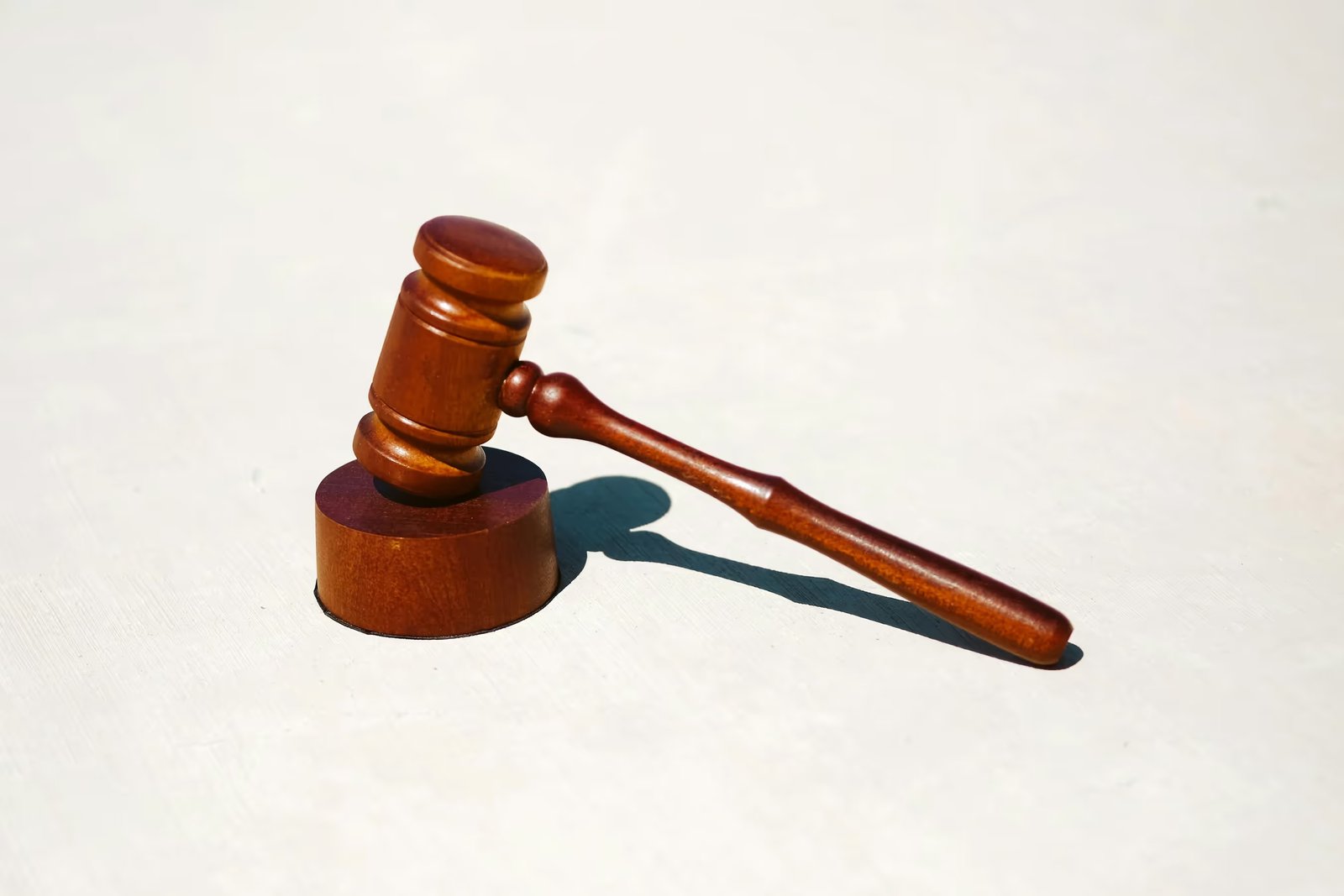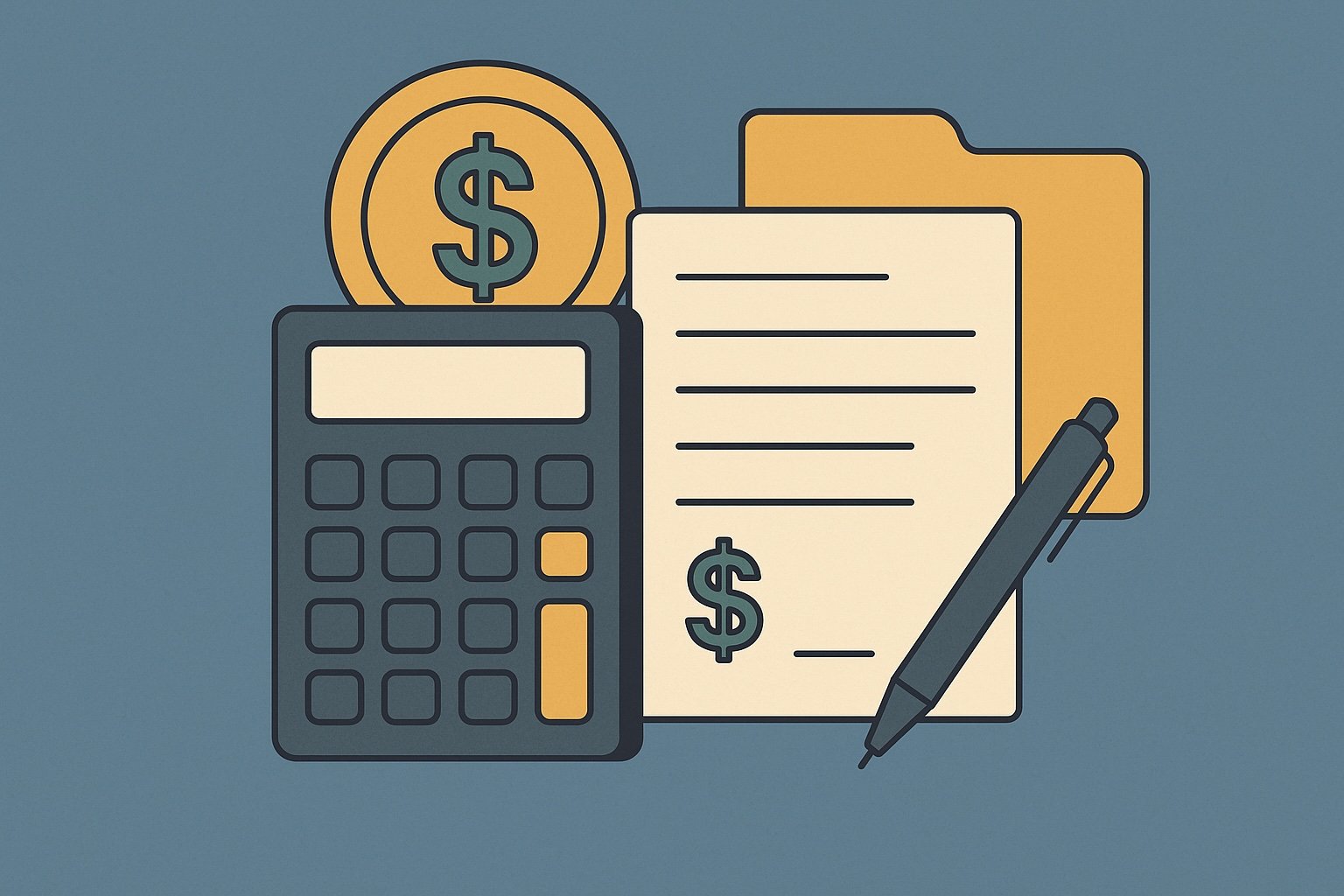Question
ARTE's Answer
When engaging in a 1031 exchange, one of the critical steps is the identification of replacement property. According to the IRS regulations, you must identify potential replacement properties within 45 days of transferring your relinquished property. However, there may be situations where you need to revoke an identified property. Here's how you can do that:
The IRS allows you to revoke an identified property within the 45-day identification period. To do this, you must provide a written notice of revocation to the same party to whom you initially provided the identification notice. This is typically the qualified intermediary (QI) facilitating your exchange. At Deferred.com, we act as your QI, and you would send the revocation notice directly to us.
The revocation notice must be clear and unambiguous, stating your intention to revoke the identification of the specific property. It's important to ensure that this revocation is received by us before the end of the 45-day identification period. Once the revocation is processed, you can identify a new property, provided you are still within the 45-day window.
Let's illustrate this with an example:
- Property A: A retail space valued at $450,000
- Property B: An office building valued at $500,000
- Property C: A warehouse valued at $550,000
Imagine you sold a commercial property for $500,000 and are using Deferred.com as your QI to facilitate a 1031 exchange. Within the 45-day identification period, you identified three potential replacement properties as listed above.
After further consideration, you decide that Property A no longer meets your investment criteria. To revoke this identification, you would send a written notice to us at Deferred.com, stating your intention to revoke Property A as a potential replacement property. This notice must be received by us before the 45-day period ends.
Once we receive your revocation notice, Property A is no longer considered identified, and you can choose to identify another property if you wish, as long as you remain within the 45-day limit. This flexibility allows you to adjust your investment strategy as needed while still complying with IRS regulations.
It's crucial to keep track of the 45-day timeline and ensure all communications are documented and timely. At Deferred.com, we are here to assist you throughout the process, ensuring that your 1031 exchange is executed smoothly and in compliance with IRS guidelines. If you have any further questions or need assistance with your exchange, feel free to reach out to us.
Have more questions? Call us at 866-442-1031 or send an email to support@deferred.com to talk with an exchange officer at Deferred.
Sources
1031 Question? Ask ARTE
Deferred's AI 1031 Research Assistant is trained on 8,000+ pages of US tax law and outperforms human CPAs by 22%+
CHAT NOW
Learn More
See more frequently asked questions about 1031 exchanges








